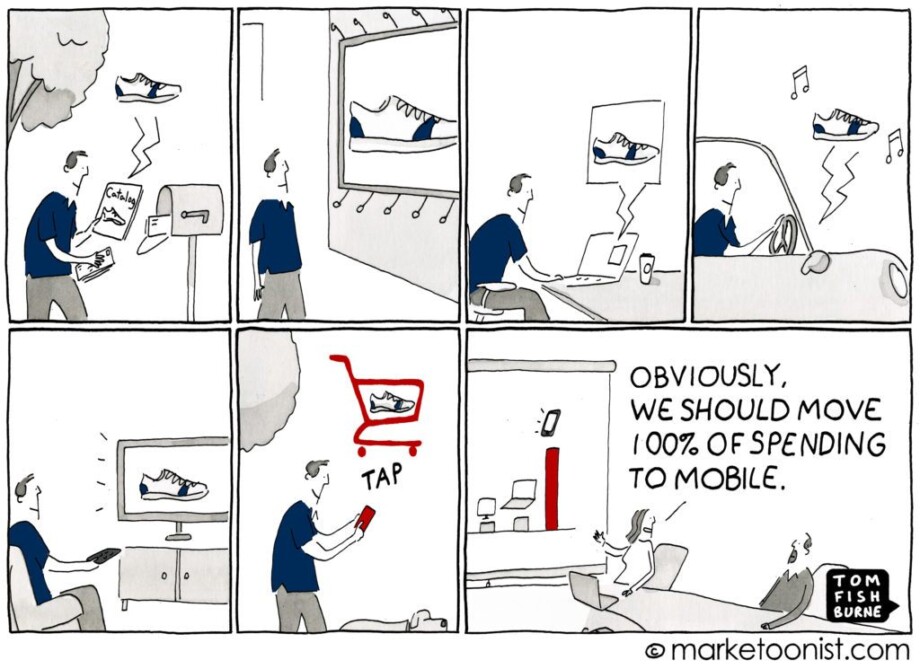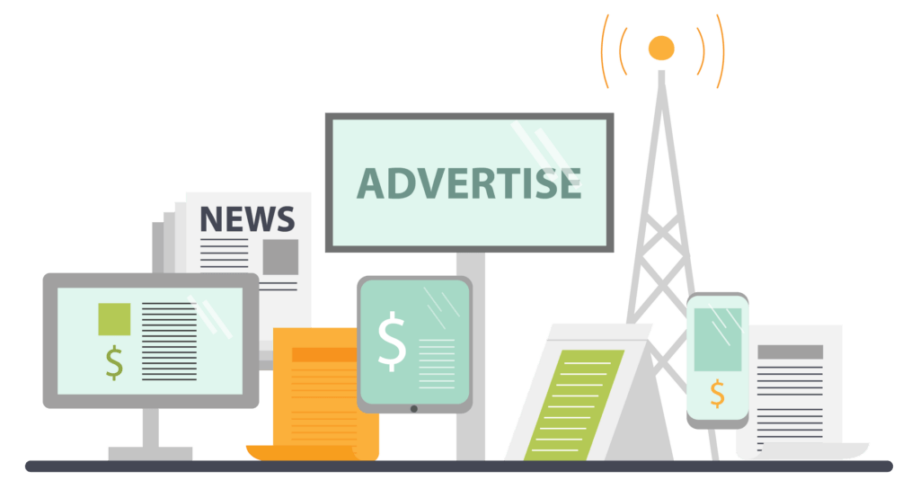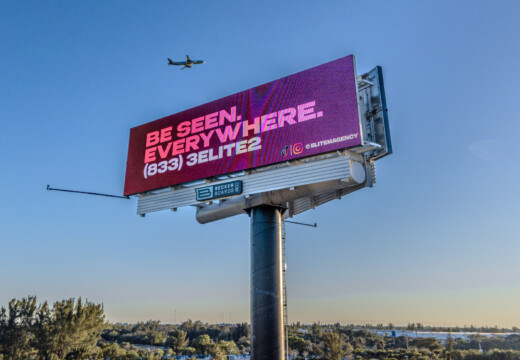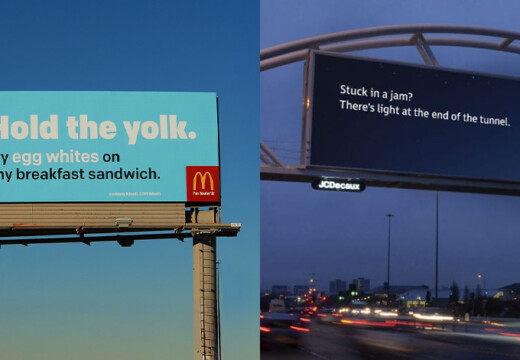
Stop Siloing Your Marketing Channels
Once upon a time, there was a small business owner named Sue. Sue was trying to grow her business, so she dutifully placed ads on Facebook every time she had a sale. She was always pleased as punch to see an uptick in transactions, but the uptick never seemed to last.
Once each ad run ended, transactions dropped once more to where they were before. She had a great product that her current customers loved, so she couldn’t understand why her business wasn’t growing. “What am I doing wrong?” she pondered. “Am I cursed to be in this loop forever?”
***
If Sue’s transactional ad loop problem sounds familiar, you are in the right place to find a happily ever after by improving your marketing strategy. Sue only had half a plan in place, but you can create a better solution. It’s time to build marketing strategy that places cohesive ads in several marketing channels so you can grow your bottom line.
Step One: Understand the Influence Chain
When you start working on a bigger marketing strategy, it’s important to think about how advertising works in a series of customer touches. As this comic from Marketoonist illustrates, a cohesive but diverse ad campaign is a chain of related ads that continually influence a customer until they tip over the edge into conversion. The mistake the manager makes is that she sees the end result and does not consider how the customer got there.

Here’s another way to look at it. Studies show that it takes six to eight touches for a customer to convert. But if those touches are all from the same marketing channel, you’re effectively putting all your eggs in one basket. If your target customer doesn’t find that basket (six to eight times), you probably won’t get the transactional results and return on investment you were looking for.
They key is to strategically diversify both your ads and marketing channels. When you do this successfully, you’re essentially laying out easy-to-follow steps that work together to lead customers to the end of the conversion funnel.
Step Two: Diversify Your Ad Types
There are two main categories for ads: transactional and brand-building. Transactional ads are an expense. Used alone they are directed toward the short-term goal of getting people to your doorstep immediately to infuse short spurts in revenue into your business. This is a good thing, but it becomes expensive and unsustainable to use only transactional ads in the long-term. But if you include branding in your marketing strategy, you’ll eventually use transactional ads less and less while getting a better ROI when you do use them.
Brand-building ads are a medium- to long-term investment that supports your advertising goals. They are directed toward the long-term strategy of building a customer base and repeat transactions. Branding messages tell the story of your business and give it a personality with human characteristics such as “trustworthy,” “safe,” or “friendly.” They say something about the value your product or service offers and how you can solve a customer’s problem—and solving problems is the kind of reputation that results in return customers.
You need both types of messaging as you grow a business—one to push customers immediately toward purchasing, and the other to continue the slower but important work of growing your customer base and your bottom line. ![]()
Step Three: Diversify Your Marketing Channels
Types of ads aren’t the only place to diversify; you also need to find several ways to deliver your ad content. For most business, choosing only one marketing medium means you’re taking the risk that your target customer may not consume your ads enough to convert. And if your single channel of choice is online ads, you may face an algorithm problem that results in overexposure. (We’ve all clicked on those articles that show the same ad all the way down the page.)
Think about how many different types of marketing channels you see every day: TV and radio commercials, direct mail flyers, billboards, display ads, social media posts, magazines, emails, and many more. When you target several ways to deliver ads, getting those six to eight conversion touches to the right people becomes much more likely and faster.
Step Four: Keep Your Diversity Cohesive
Now that you’ve diversified channels, it’s important to not silo them again, and that all comes down to cohesive messaging. Peppering random ads in different channels may up your ROI to some degree, but making a cohesive plan for your marketing strategy can deliver better results. To be effective, each ad must be slightly different in design and format in their respective marketing channels, but all your ads can be made cohesive through messaging and branding.
Whatever your messaging may be, remember that transactional ads and brand-building ads are co-influential. For example, once people are familiar with your company through brand-building ads, they are more likely to convert on a transactional ad. Meaning your transactional ads turn into the culmination of a cohesive advertising strategy and will become more effective over time. And when your transactional ads become more effective, you will eventually start spending less on advertising while getting a better ROI.
The moral of Sue’s story is that half a marketing plan will get you paid for a day, but a robust, cohesive, and diverse marketing plan will build your business for many days to come.




